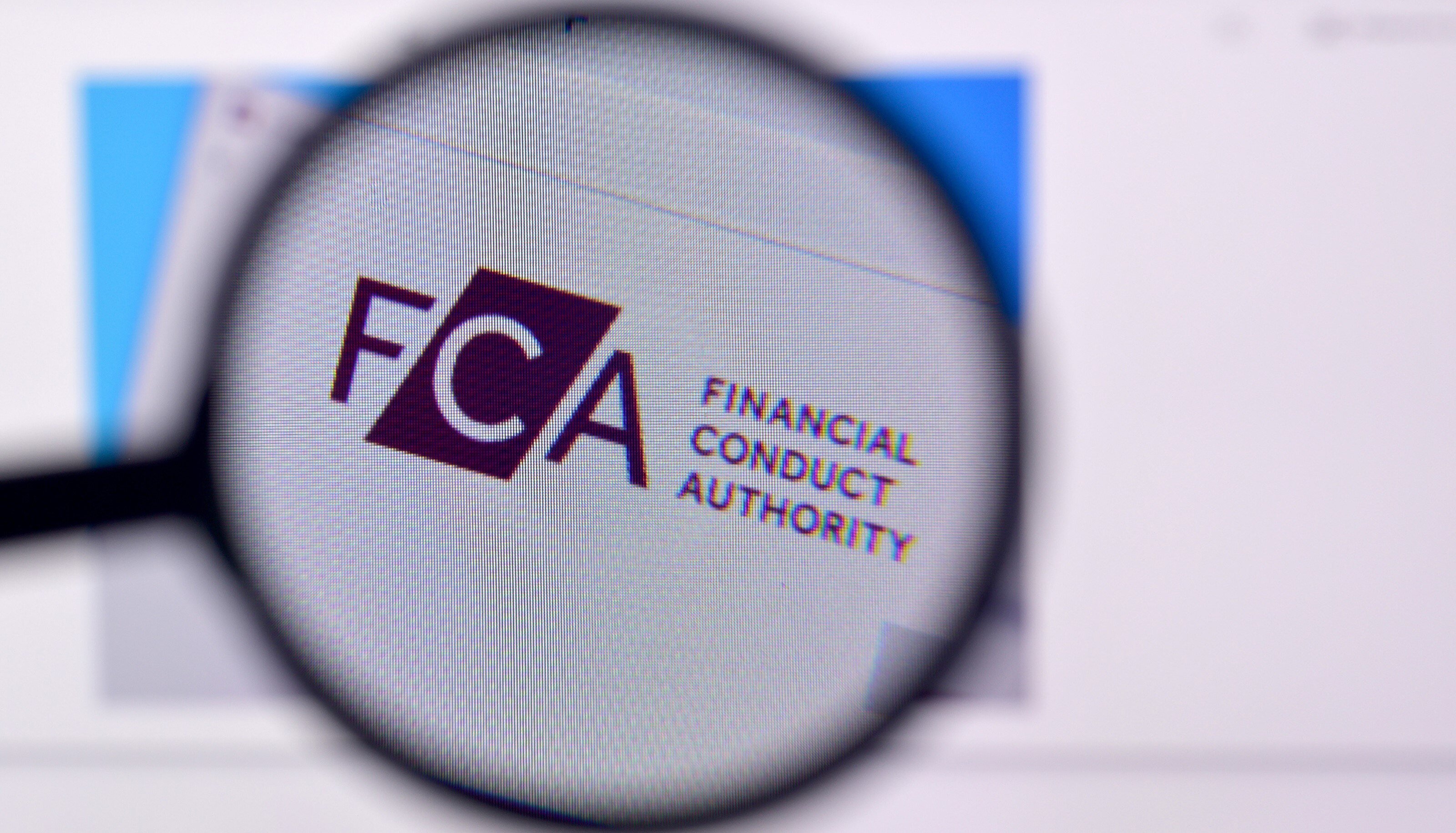The Importance of Cybersecurity for Capital Markets and Financial Firms
The capital market is a prime target for cyberattacks due to the vast amounts of sensitive data it handles, its high transaction volumes, and its...
3 min read
Harriet Oliver : Aug 19, 2025 4:00:00 PM
Small and medium-sized enterprises (SMEs) face many of the same cybersecurity threats and operational risks as large corporations, but often with fewer resources to defend against them. Business Continuity and Disaster Recovery (BCDR) planning is no longer just best practice but is also a regulatory requirement. Understanding the compliance landscape is essential for SMEs that want to avoid penalties, meet legal obligations, and ensure resilience in the face of disruption.
This article outlines the key regulations SMEs need to know when developing BCDR strategies, especially those related to IT infrastructure, data protection, and system availability.
BCDR compliance refers to the need for organisations to meet legal and regulatory standards related to how they prepare for and respond to incidents that could disrupt business operations, particularly those that affect critical IT systems, data integrity, and customer service continuity. These regulations can come from industry bodies, national governments, or international frameworks.
For SMEs, meeting these requirements isn’t just about ticking a box; it’s about protecting the business from data loss, reputational damage, legal exposure, and extended downtime.
Many SMEs mistakenly assume that compliance regulations apply only to enterprise-level organisations. But regulators don’t differentiate based on company size when it comes to sensitive data, critical services, or cybersecurity standards.
For example:
Without a documented and tested BCDR plan in place, SMEs risk non-compliance, which can result in fines, business disruption, and lost client trust.
In the UK, the General Data Protection Regulation (UK GDPR), combined with the Data Protection Act 2018, outlines strict responsibilities for how organisations manage and protect personal data.
Why it matters for BCDR:
Organisations must ensure that personal data is protected and accessible during and after a disruption. Article 32 of the GDPR explicitly requires “the ability to restore the availability and access to personal data in a timely manner in the event of a physical or technical incident.”
Implications for SMEs:
You need secure, resilient backup systems, and the ability to recover data rapidly. A robust disaster recovery plan (including RTO and RPO objectives) directly supports this compliance requirement.
The UK’s Financial Conduct Authority (FCA) has specific rules regarding operational resilience and service continuity.
Why it matters for BCDR:
The FCA mandates that regulated firms must be able to “continue to operate and serve clients” in the event of a significant disruption. This includes IT systems, data recovery, and third-party service continuity.
Implications for SMEs:
If you’re a financial advisory firm, fintech startup, or payment service provider, you need to show evidence of tested BCDR measures, especially around customer access to services and secure handling of financial data.
If your SME handles credit card payments, PCI DSS compliance is mandatory.
Why it matters for BCDR:
PCI DSS requires organisations to have backup and recovery procedures to protect payment data. It also emphasises system availability and breach response planning.
Implications for SMEs:
Ensure your IT infrastructure includes encrypted backups, regular DR testing, and clearly documented recovery plans in line with PCI’s data protection goals.
Although the Network and Information Systems Directive (NIS2) is EU-based, the UK is developing parallel regulations to enhance cyber resilience across sectors like energy, transport, health, and digital services.
Why it matters for BCDR:
NIS2 includes stricter requirements for incident response and system recovery.
Implications for SMEs:
If your business falls into a regulated category, you’ll need to implement cyber incident detection and have BCDR plans that ensure minimal disruption of essential services.
To meet these regulations, your BCDR plan should address the following core components:
At Fitzrovia IT, we help SMEs design and implement BCDR strategies that align with industry-specific regulations and technical requirements. From secure data backup solutions to ISO-aligned continuity planning, we provide end-to-end support so your business can remain operational no matter what.
Our services include:
By taking a proactive and strategic approach, SMEs can meet compliance demands, build customer confidence, and ensure long-term resilience.
BCDR compliance is no longer optional for SMEs operating in regulated environments or managing sensitive data. As the threat landscape grows and legislation tightens, having a documented and tested BCDR plan is critical, not just for surviving disruption, but for thriving despite it.
Whether you’re managing financial data, patient records, or customer payments, the ability to recover quickly and securely is a competitive advantage and often a legal requirement.
If you’re unsure whether your current BCDR approach meets compliance standards, now is the time to act.

The capital market is a prime target for cyberattacks due to the vast amounts of sensitive data it handles, its high transaction volumes, and its...

Back in the early 2010s, many cybersecurity headlines centred on brute-force attacks, simple malware, or unpatched server flaws. SMEs often thought,...

As businesses across the UK navigate an increasingly complex digital landscape, the Financial Conduct Authority (FCA) is setting a firm deadline for...